Examples of different visual conventions used to convey time and/or place/space
As part of my everyday life, I often have to track down reference material, data or information that may take many varied forms and sits behind several disparate descriptions and names. Understanding Boolean logic functions enables highly focussed searching (I can search for a specific term or file and even restrict this to a single domain or sub-section of a site). You can often travel ‘down the rabbit hole’ and this (and the attendant adjustment to search terms) brings further results, e.g. moving from describing what something is or does, to finding out the specific name or term for that thing.
Frame by Frame Storytelling:
Often in the form of a comic strip or graphic novel, the examples that follow span one and a half centuries. The way that speech is handled may differ and the content may have become more permissive, but sequential images are used from light hearted fun to current storyboarding for films; a key tool in discussions between technical roles in film making.

Rodolphe Töpffer, Histoire de M. Vieux Bois Created 1827 (published 1837)
Regarding the image above and below, it is possible to also note the change in the way that speech in ‘cartoons’ has been handled. Older cartoons did not make significant use of the type of speech and thought bubble that we are used to today.

Andy Sparrow, BLOODRUNNERS, c.1987

Jeff Errico, Storyboard Snow White and the Huntsman, 2011
The Use of Perspective:
Perspective in art conventions has not only varied throughout time, but also has cultural links. What we think of as traditional Western Europoean art has an accepted use of perspective – objects diminish in the distance, lines converge. Traditional Japanese art does not necessarily follow these precepts.

18th Century Japanese print (source: Wikimedia Commons)
The earliest Western Image considered to acknowledge rules of perspective is Lorenzetti’s Annunciation where the floor tiles are diminishing to a single point.
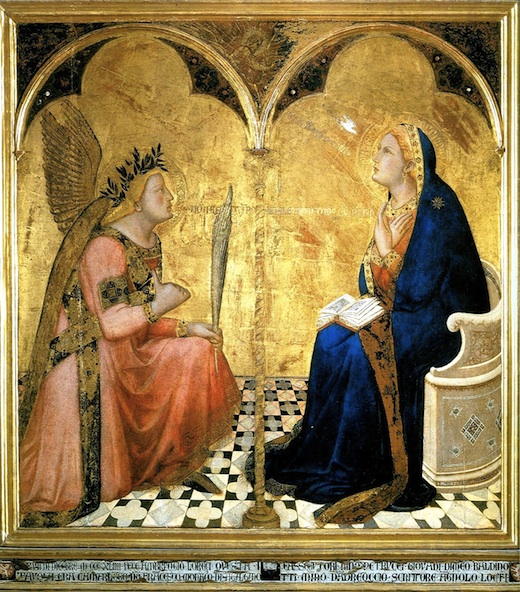
Ambrogio Lorenzetti, Annunciation, 1344 Source: Wikimedia Commons
Burne Hogarth, meanwhile, made heavy use of perspective to increase visual tension and a sense of dynamism in his strip art and drawings.
Perspective may be forced, to create misleading, but interesting and fun viewpoints…

…or perspective can be ignored, or repeated, as in the cubist’s multiple points of view being represented at any one time, as in Gris’ The Guitar. As an occasional musician, I feel that this captures the feeling of an acoustic guitar well.

Juan Gris, The Guitar, 1918 (source: Wikimedia Commons)
On reflection:
The evolution of visual conventions does, it appears, remain contemporary with their period and social structures and state. As culture changes, so do visual conventions. As media changes, this too is mirrored in convention change, possibly in response to expectations or perhaps as the catalyst for change itself.
I have discovered that I have an intolerance of slow searches that do not react well to logic statements in searches. I consistently return to Google, as I am able to drive that in a way that generates good initial results and is also easy to refine if needs be. VADS gives acceptable results, but it is painfully slow in comparison to find what I am seeking. I’m sure that this will not always be so, but sometime separating the wheat from the chaff results in my returning to the big G.

















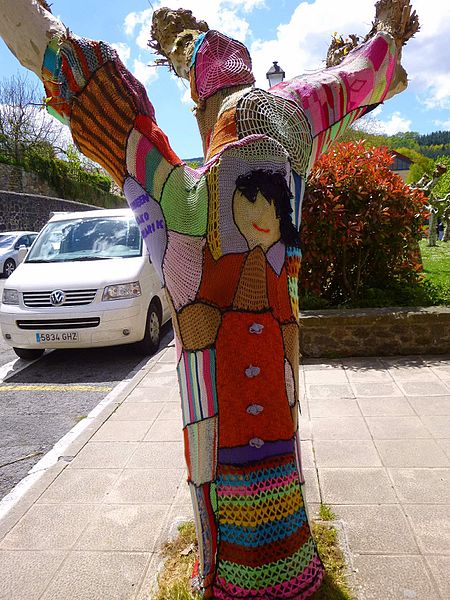
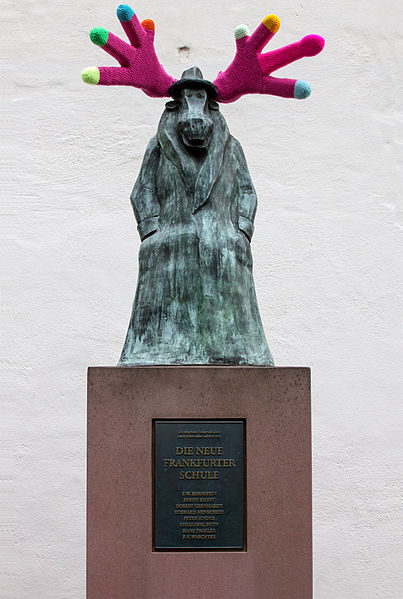
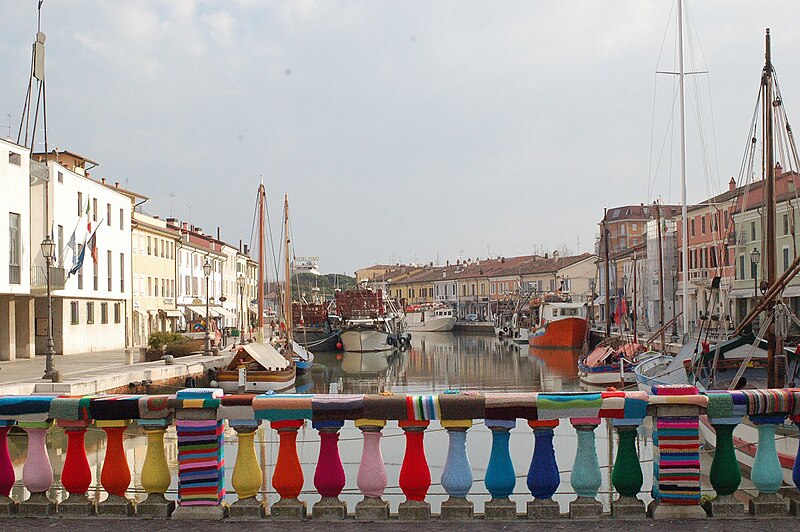






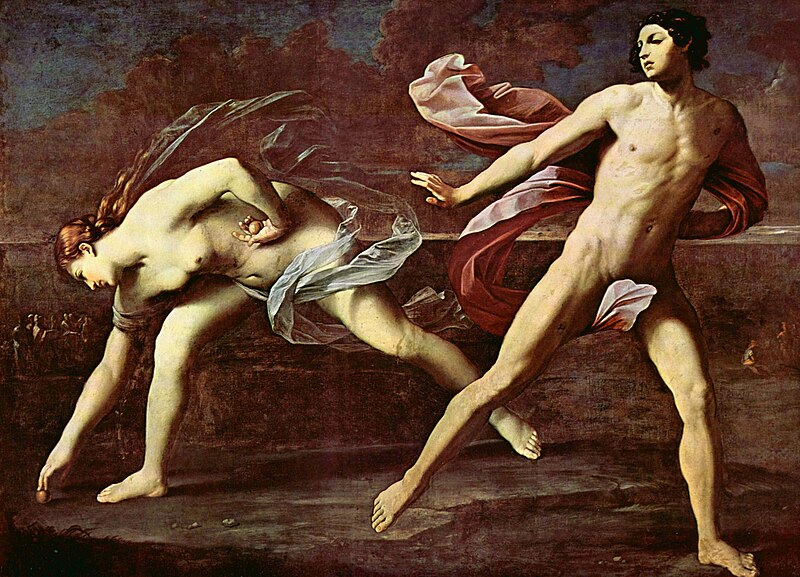








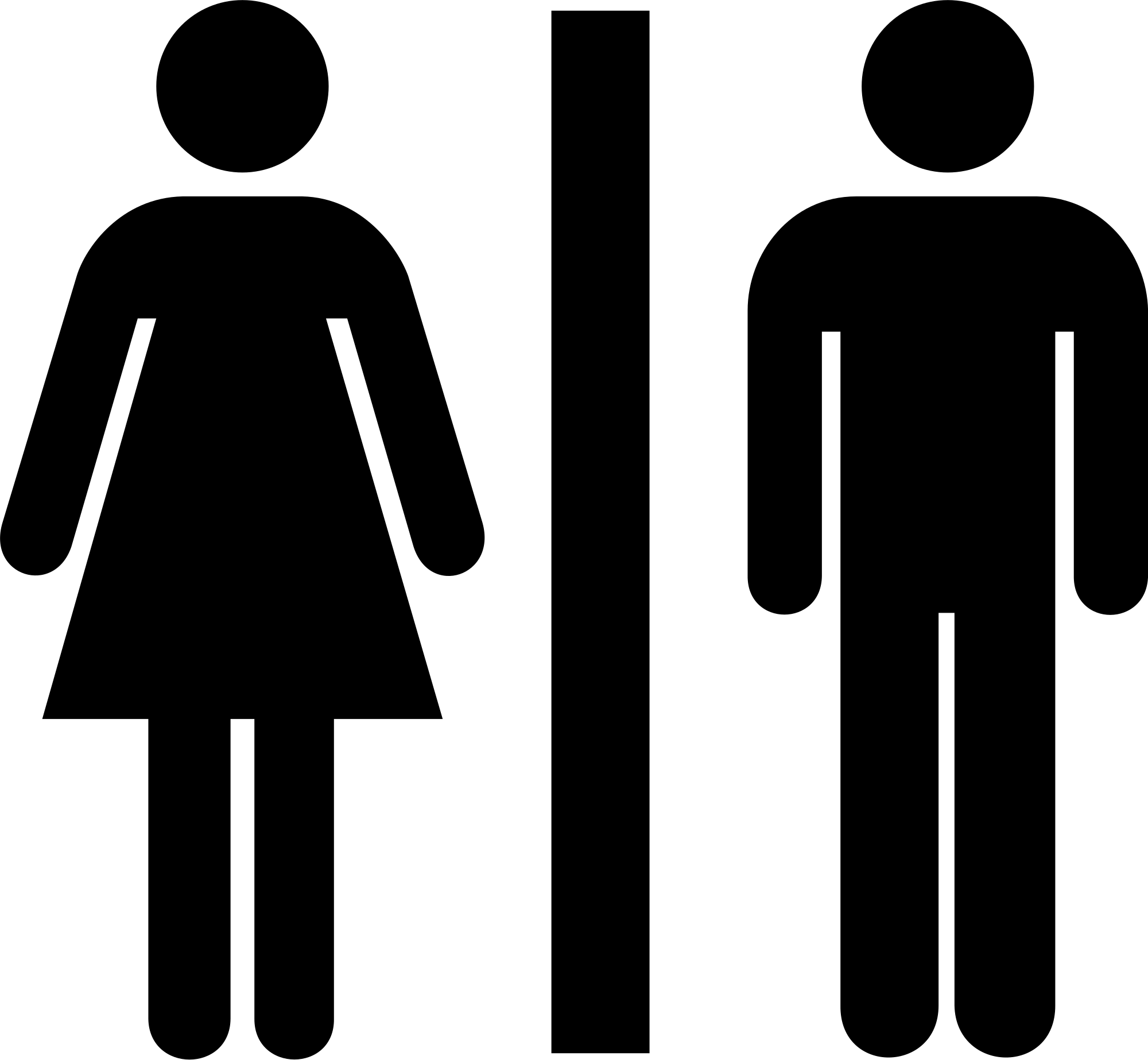











You must be logged in to post a comment.